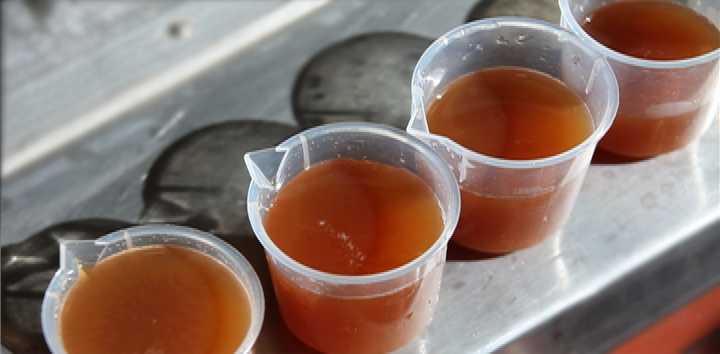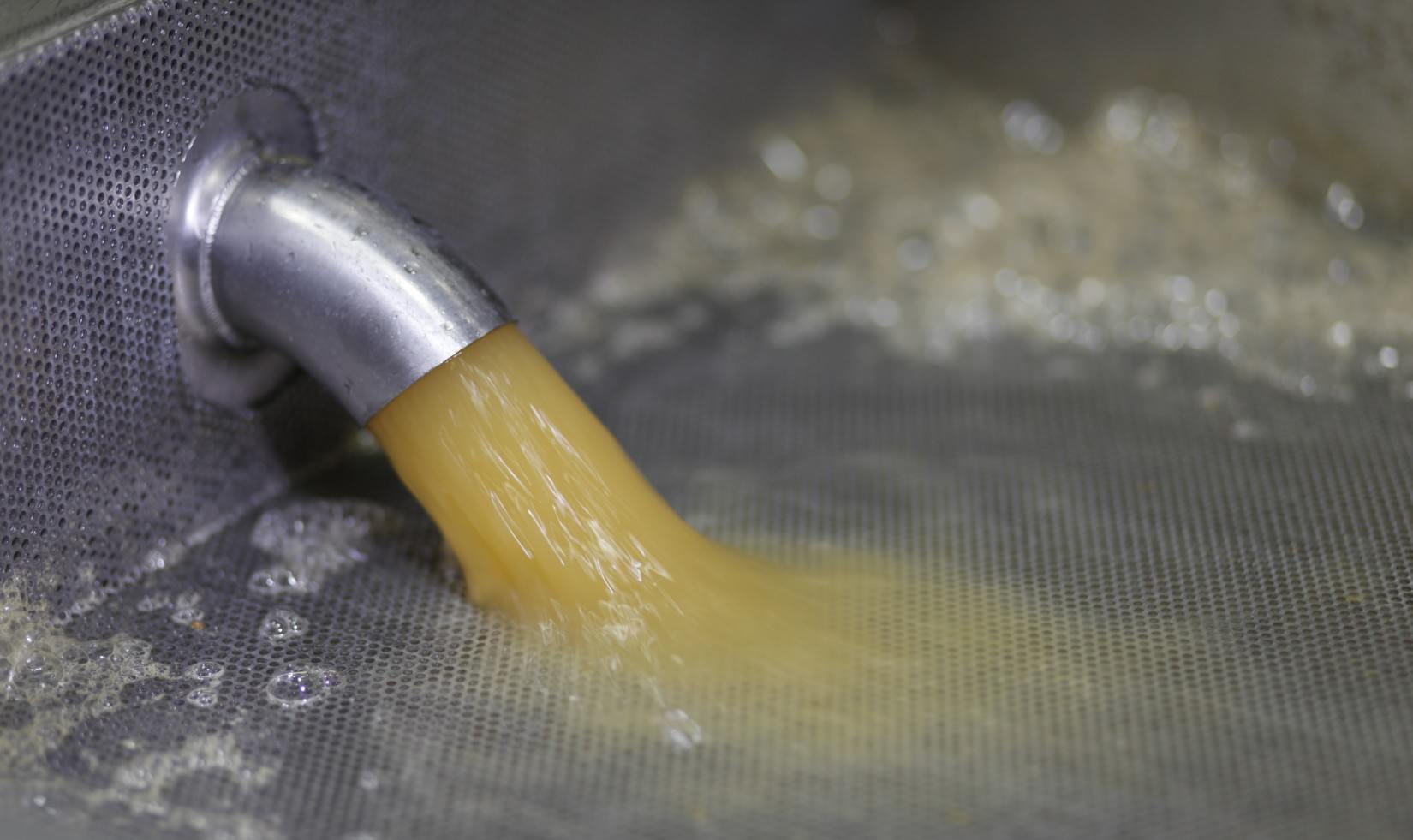Every fall, there are few places I’d rather be than the barrel cellar where a baby vintage of Jordan Russian River Chardonnay is beginning to take shape–the entire three-story room smells like an apple orchard. The wine is quickly being raised–a key step in the winemaking process called “élevage,” which is French for rearing or raising. Elevage by definition is the process of nurturing the wine from fermentation to barrel to bottling. It’s like coaching a child from grade school to high school to college. The way Chardonnay grapes go through this élevage is nearly identical to the Burgundian method that inspires Jordan winemaking (aside from chaptalization, or addition of sugar, that is allowed in France) .
Understanding Elevage in Winemaking

 The wine settling period is also the most appropriate time for winemaker Rob Davis to intervene with any treatments, as the juice at this point is much more malleable than the post-fermentation wine. Due to the varying composition of each press cut, each treatment, if any, will be specifically tailored to the needs of that tank. One such treatment is a “rack and aeration” in which the Chardonnay juice is racked, or removed, from the solids that had settled to the bottom, and is deliberately aerated as it is transferred to a new tank. This aeration is employed for multiple reasons, but most importantly, to introduce just enough oxygen to promote the production of ergosterols, a natural component of yeast cells, which are essential in the yeast completing the fermentation of all the sugar present in the juice over to alcohol. This production is only available to the yeast during the first part of the fermentation.
The wine settling period is also the most appropriate time for winemaker Rob Davis to intervene with any treatments, as the juice at this point is much more malleable than the post-fermentation wine. Due to the varying composition of each press cut, each treatment, if any, will be specifically tailored to the needs of that tank. One such treatment is a “rack and aeration” in which the Chardonnay juice is racked, or removed, from the solids that had settled to the bottom, and is deliberately aerated as it is transferred to a new tank. This aeration is employed for multiple reasons, but most importantly, to introduce just enough oxygen to promote the production of ergosterols, a natural component of yeast cells, which are essential in the yeast completing the fermentation of all the sugar present in the juice over to alcohol. This production is only available to the yeast during the first part of the fermentation.
Elevage and Fermentation
Just as the fermentation is beginning, the juice will be transferred to a combination of new and used French oak barrels, the percentage of which depends on the delicacy of that vintage’s aromatics. The temperature of these 59-gallon French oak barrels is maintained by the ambient room temperature, allowing the fermentations to be carried out at a pace that protects and maximizes the varietal fruit character of our Russian River Valley Chardonnay. These wine barrels are monitored daily to ensure that flavor and aromatic profiles are within our quality standards. At completion of this primary fermentation, the resulting liquid has become wine and is no longer termed “juice.”
 Once the juice has become wine, the secondary (malolactic) fermentation is then gently encouraged. During malolactic fermentation, specific bacteria convert the tart, Granny Smith apple-like malic acid into the softer, less acidic lactic acid. We employ this process conservatively, however, typically terminating the secondary fermentation at only 35% completion, allowing us to bring balance between the bright acidity and fruit expression, while keeping the wine precise and linear.
Once the juice has become wine, the secondary (malolactic) fermentation is then gently encouraged. During malolactic fermentation, specific bacteria convert the tart, Granny Smith apple-like malic acid into the softer, less acidic lactic acid. We employ this process conservatively, however, typically terminating the secondary fermentation at only 35% completion, allowing us to bring balance between the bright acidity and fruit expression, while keeping the wine precise and linear.
Elevage and Barrel Aging
Jordan Chardonnay remains in the barrel for only five months. During two of these months, the wine is left on the lees (spent yeast cells that fall to the bottom of the barrel), and bâtonnage (the stirring of these lees) is only performed over a period of five weeks, just enough to develop a creamy mid-palate on the wine’s mouthfeel. Soon after, our cellars fill with the cadence of metal bâtonnage batons rocking inside the barrels to stir the lees, as our winemaker described in this bâtonnage video blog post. The finished wine is then bottled and matured in our cellars for about one year before its release.
Our inspiration for the Jordan Russian River Chardonnay is the great wines of Puligny-Montrachet and Meursault, and we believe it would be a shame to dull the beautiful fruit aromatics and minerality of our cru-quality fruit with new-world production trends involving excessive malolactic fermentation and oak aging.


